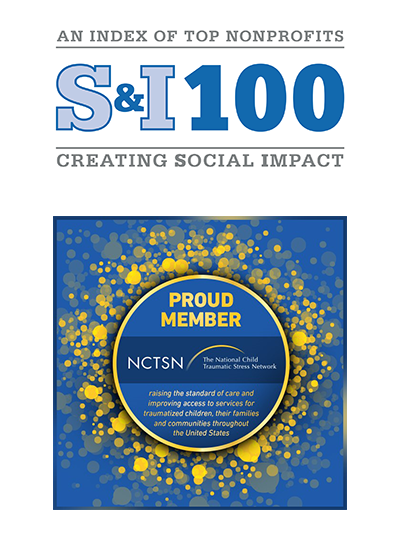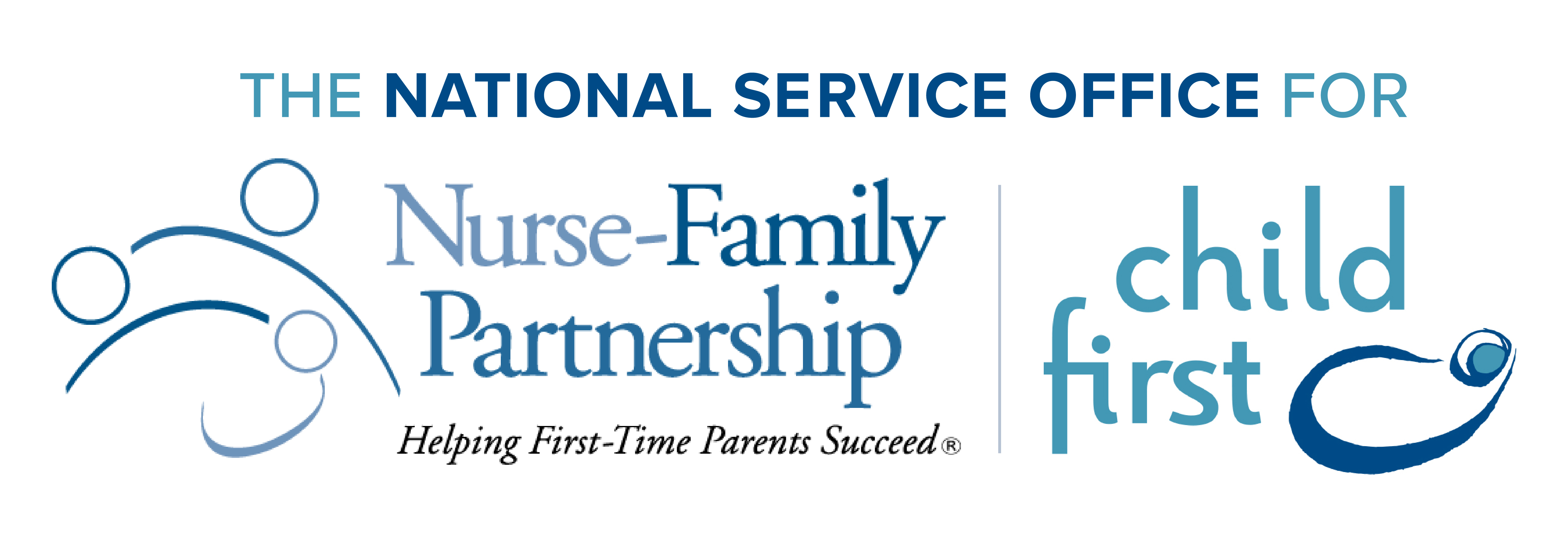Prevalence of Risk Factors Can Cause Toxic Stress in Young Children
The early childhood years – from the prenatal period to age six – lay the foundation for later economic productivity, responsible citizenship, and a lifetime of sound mental health, cognitive development, and physical health. Scientific research on early brain development clearly indicates that high risk environments of extreme poverty, maternal depression, domestic violence, substance abuse, homelessness, and other factors lead to levels of stress that can be toxic to the young, developing brain.
Without the buffering effect of strong, nurturing relationships, children can suffer profound, long term damage, permanently altering brain architecture and resulting in decreased learning, behavioral and emotional problems, and poor health extending well into adulthood. This is well documented by the Adverse Childhood Experiences Study. The surrounding environments of young children directly impact their development and well-being. Poverty, trauma, maternal depression, abuse and neglect, and other negative conditions often result in permanent imprints on a young child’s developing brain and can have lifelong effects. Current data illustrates the risks to our most vulnerable children.
Poverty
There are nearly 23 million young children under age 6 years in the United States.[1]
- 45% -10.5 million - live in low-income families. (Low-income families are defined as those earning below 200% of the federal poverty threshold.)[2]
- 23% - 5.3 million - live in poor families, those earning below 100% of the federal poverty threshold. (In 2015 the threshold was $24,036 for a family of four with two children.)[3]
Poverty is the cause of compounded stress within families, resulting in children that suffer compromised health, academic and overall wellness outcomes.[4]
Trauma
As many as one in four infants and toddlers are estimated to experience potentially traumatic events.
- The impact of these stressors causes major disruption in self-regulation, executive functioning, cognition, and social-emotional development, critical for school readiness and academic success.[5]
Maternal Depression
- 14.5 percent of all mothers with young children have had major depression at some time in their lives
- Roughly 1 in 11 low-income mothers with young children has had major depression in the past year, a vast majority experiencing it at a level that severely impairs daily functioning
Abuse and Neglect
“Research indicates that half of children involved with the child welfare system have clinically significant behavioral or emotional problems, but only about a quarter are getting mental health services.”[8]
- In 2017, the Center for Disease Control estimated that 674,000 children (9.1 per 1,000) were victims of maltreatment.[9]
- Over 28% of victims were younger than 3 years, 18% of victims were age 3-5 years, with children younger than 1 year having the highest rate of victimization (25.3 per 1,000 children).[10]
Other Risk Factors
Homelessness
The impact of homelessness on children often leads to chronic stress and trauma from frequent moves, inconsistent relationships, lack of places to play, and witnessing domestic violence and substance abuse. This stress and trauma can be emotionally and cognitively damaging.[11]
- An estimated 478,718 people in 150,630 family households used an emergency shelter or a transitional housing program between October 1, 2016, and September 30, 2017.[12]
- In 2017, children under 18 made up about three in five people (60.8%) experiencing sheltered homelessness in families with children. Among these children, about half (49.0%) were under six years old, and one in ten (10.8%) were infants less than one year old.[13]
Domestic Violence
Intimate partner violence is pervasive in U.S. society.
- Nearly one in five women and about one in seven men report having experienced severe physical violence from an intimate partner during their lifetime.[14]
- About one in five women and one in 12 men have experienced contact sexual violence by an intimate partner.[15]
- 15.5 million U.S. children live in families in which partner violence occurred at least once in the past year, and seven million children live in families in which severe partner violence occurred.[16]
[1] Yang, J., Ekono, M., & Skinner, C.(2017, January). Basic Facts About Low-Income Children: Children under 6 Years, 2013. National Center for Children in Poverty. Retrieved from http://www.nccp.org/publications/pdf/text_1172.pdf
[2] Ibid
[3] Ibid
[4] Ibid
[5] Briggs-Gowan, M., Ford, J., Fraleigh, L., McCarthy, K., & Carter, A. (2010, December). Prevalence of exposure to potentially traumatic events in a healthy birth cohort of very young children in the northeastern United States. Journal of Traumatic Stress, 23:6, 725-733.
[6] Marla McDaniel and Christopher Lowenstein. (April 2013). Depression in Low-Income Mothers of Young Children: Are The Getting the Help They Need?. The Urban Institute
[7] Ibid
[8] CLASP. Pathways to Good Jobs: Child Welfare, Retrieved February 17, 2015, from http://www.clasp.org/issues/child-welfare/did-you-know.
[9] US Department of Health & Human Services, Administration for Children and Families, Administration on Children, Youth and Families, Children’s Bureau (2019). Child Maltreatment 2017. Available from https://www.acf.hhs.gov/sites/default/files/cb/cm2017.pdf
[10] Ibid
[11] Horizon for Homeless Children, Impact of Homelessness on Children. Retrieved February 17, 2015 from http://www.horizonsforhomelesschildren.org/understanding-homelessness/impact-of-homelessness-on-children/.
[12] The U.S. Department of Housing and Urban Development. Office of Community Planning and Development. The 2017 Annual Homeless Assessment Report (AHAR) to Congress - PART 2: Estimates of Homelessness in the United States (October 2018)
[13] Ibid
[14] Center for Disease Control and Prevention (CDC). National Intimate Partner and Sexual Violence Survey (2015).
[15] Ibid
[16] McDonald, R., et al. (2006). As quoted in Futures Without Violence: The Facts on Children and Domestic Violence, and Estimating the Number of American Children Living in Partner-Violent Families. Journal of Family Psychology, 20(1): 137-14







